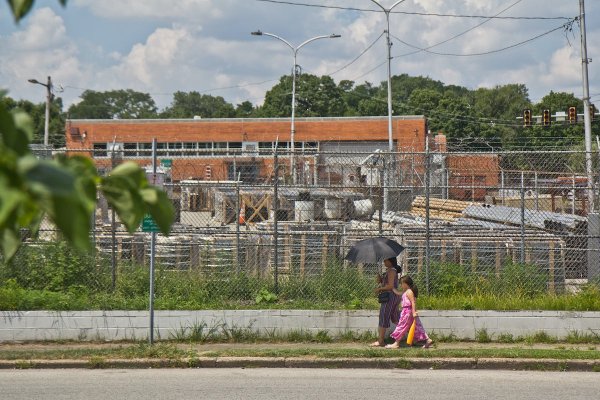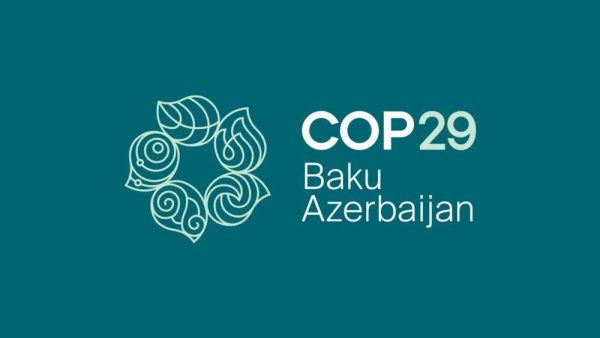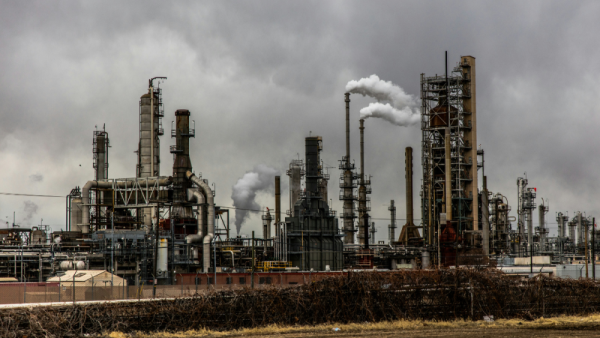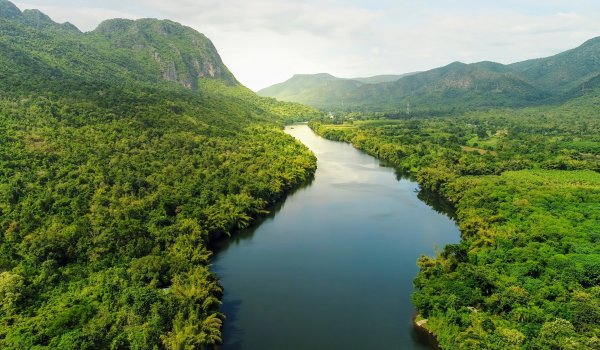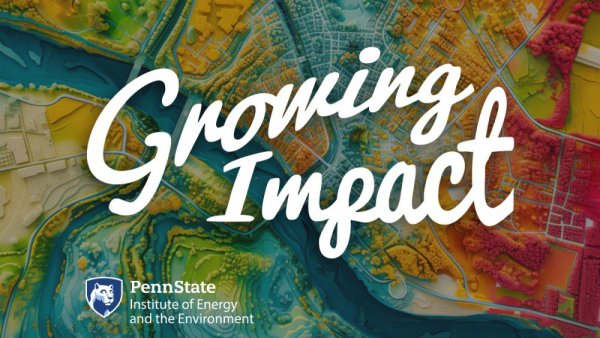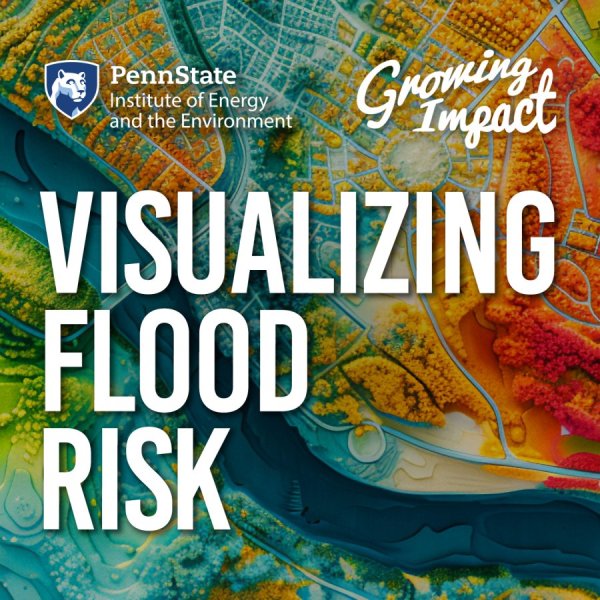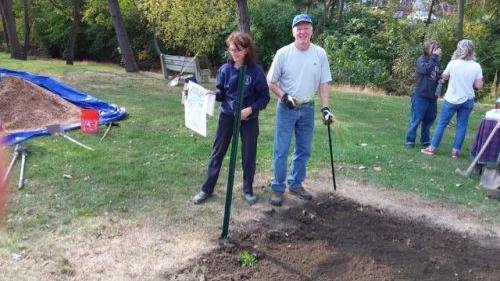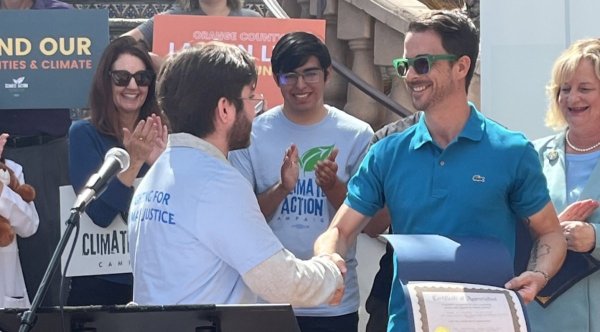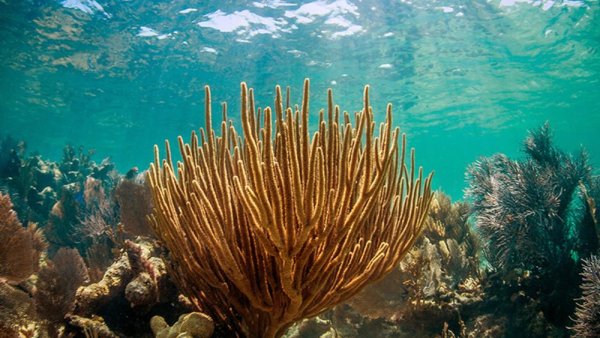The Philadelphia region remains under drought watch. Here’s what you need to know
| whyy.org
The Philadelphia area is facing record dry conditions. Meteorologists say months of rainfall is needed. This article and radio segment quotes Steven Seman, associate teaching professor of meteorology and atmospheric science.
Penn State delegation will head to Azerbaijan for UN's annual climate meeting
| psu.edu
Penn State will be sending its second delegation of students and faculty to COP29, the United Nations’ annual climate meeting, which will be held Baku, Azerbaijan, in November.
Public pressure influences whether companies reduce their environmental impact
| psu.edu
The effectiveness of national voluntary programs asking companies to pledge to lower their pollution and greenhouse gas emissions depends on pressure from the public, according to a new study led by a Penn State researcher.
Microplastics are steadily increasing in freshwater environments
| earth.com
As plastic pollution reaches alarming levels in ecosystems worldwide, a new study traces this crisis back to decades of industrial growth. Penn State research links rising freshwater microplastics to the global increase in plastic production since the 1950s.
Jason Guilbeault named assistant vice president for research post-awards
| psu.edu
Jason Guilbeault has been named assistant vice president for research, Post-Award Contractual Compliance, within Penn State’s newly created Office of Research Administration Services, effective Oct. 14.
$6.5 million grant advances Penn State Behrend's Project RESOLVE
| psu.edu
A $6.5 million state grant has positioned Penn State Behrend to begin construction of the Center for Manufacturing Competitiveness, an industry-facing research facility and the centerpiece of the college's Project RESOLVE.
'Growing Impact' discusses communicating inland flooding through visualizations
| psu.edu
The latest episode of "Growing Impact" explores how a research team is using computer modeling and animations to visualize future flood and levee failure scenarios.
Growing Impact: Visualizing flood risk
| Featuring Kaleigh Yost
Flooding is the world's most devastating natural disaster, causing widespread destruction and loss of life. Millions of Americans live in high-risk flood zones, with the threat amplified by climate change and aging infrastructure. This episode explores how innovative computer modeling and visualizations can help communities plan for future flood risks and develop effective response strategies.
Penn State Master Watershed Steward Jane Cook leads by example in Lehigh Valley
| psu.edu
In 2014, Jane Cook joined the second-ever training class of Penn State Extension Master Watershed Steward volunteers. She was already active in the Monocacy Creek Watershed Association, but since then, she has logged more than 1,000 volunteer hours educating the public and restoring local watersheds.
Local Climate Action Program and World Campus alum honored in Orange County
| psu.edu
Penn State’s Local Climate Action Program is making a valuable impact beyond Pennsylvania’s borders, thanks in part to Joe Thompson, a World Campus Energy and Sustainability Policy graduate. Thompson was recently honored at a ceremony hosted by the San Diego chapter of the Climate Action Campaign, for his help in creating the City of Orange climate action plan.
Institute for Computational and Data Sciences announces two new co-hires
| psu.edu
The Penn State Institute for Computational and Data Sciences announced two new co-hires: Dana Calacci, assistant professor in the College of Information Sciences and Technology, and Enrico Casella, assistant professor of data science for animal systems in the College of Agricultural Sciences.
Scientists examine how wastewater practices in Florida Keys impact water quality
| psu.edu
Wastewater contains nutrients that can overfeed algae, leading to harmful algal blooms and pollution issues in the ocean and other waterways. A new study by researchers at Penn State tracked how these nutrients migrate from disposal sites in the Florida Keys, and the results have already informed wastewater practices in the region.

